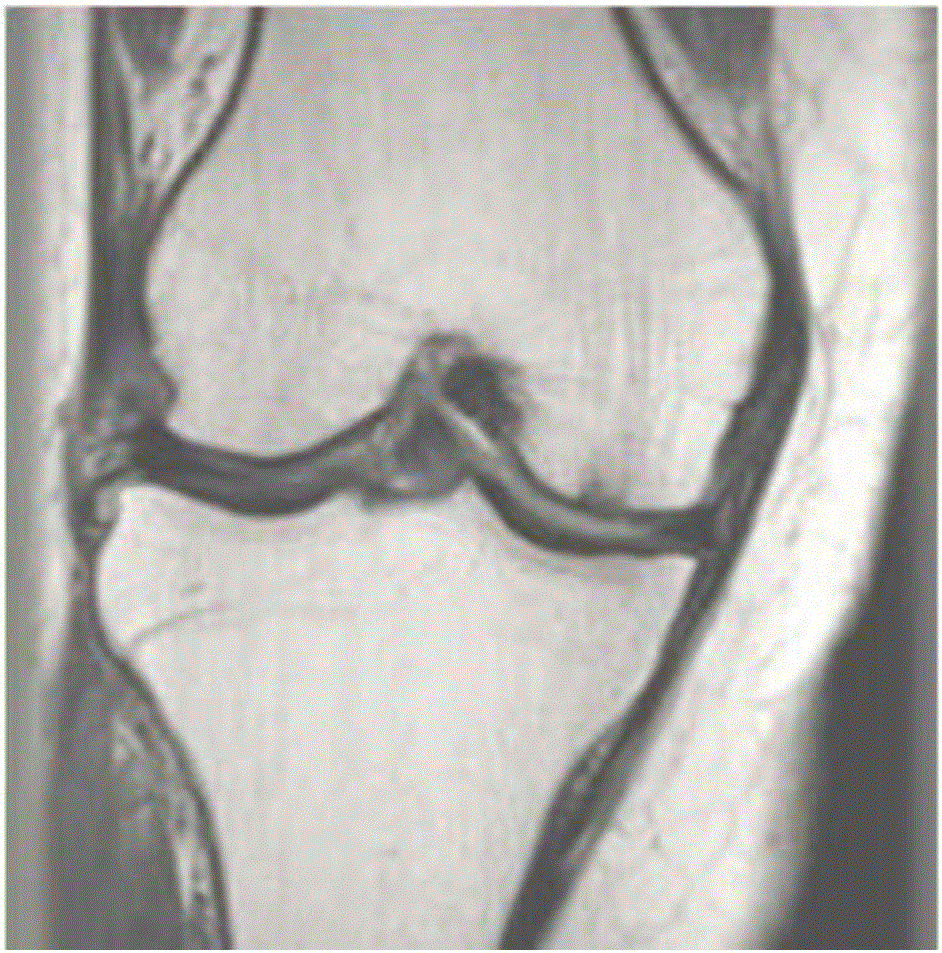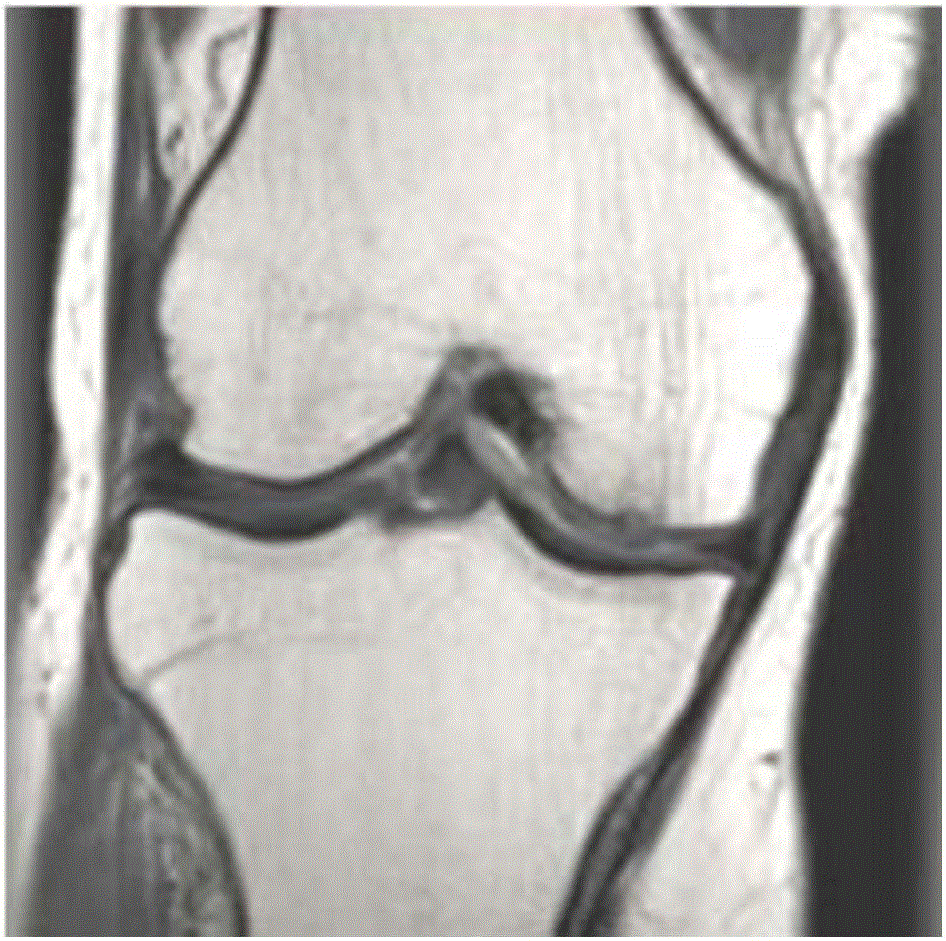Method for separating and culturing mesenchymal stem cells from umbilical cord and inducing and differentiating mesenchymal stem cells into cartilage cells
A technology of mesenchymal stem cells and chondrocytes, applied in animal cells, vertebrate cells, bone/connective tissue cells, etc., can solve the problems of low conversion rate and high cost, achieve great application prospects and facilitate large-scale production
- Summary
- Abstract
- Description
- Claims
- Application Information
AI Technical Summary
Problems solved by technology
Method used
Image
Examples
Embodiment 1
[0046] Example 1. Isolation and cultivation of mesenchymal stem from umbilical cord according to the method described in the present invention cell
[0047] Umbilical cord and umbilical cord blood source: 24 umbilical cords from healthy puerpera, which were effectively frozen.
[0048] Experimental group 1:
[0049] Isolate and culture mesenchymal stem cells from umbilical cord, the specific isolation and culture methods are as follows:
[0050] (1) Umbilical cord treatment:
[0051] Choose the umbilical cord of a healthy parturient, and wash the outer surface of the umbilical cord with double anti-saline to remove the clot on the surface. Replace the container, soak the surface-treated umbilical cord in double-antibody saline for 15 minutes; take out the umbilical cord, replace the container, and repeat the immersion in double-antibody saline twice, each time for 15 minutes. Replace the sterile container, cut a 5cm long section, replace the sterile container again, c...
Embodiment 2
[0120] Example 2: Differentiation of umbilical cord-derived mesenchymal stem cells to chondrocytes of the present invention
[0121] Differentiation of mesenchymal stem cells to chondrocytes obtained by using the method described in Experimental Group 1 in Example 1 in this example
[0122] Specifically, experimental group 1 of the present embodiment is as follows:
[0123] The 3rd generation (P3) cells were inoculated into a six-well culture plate at a certain cell density, and a sterilized cover glass was placed in the six-well plate. Plates were placed in 5% CO 2 , 80% saturated humidity, cultivated in a 37°C incubator, and change the medium 2-3 times a week as needed.
[0124] The components of the induced transformation medium include: DMEM / F12 medium containing 5% fetal bovine serum, 10ng / ml transforming growth factor βⅠ, 6.25μg / ml insulin, 100μmol / ml dexamethasone, 1μmol / ml sodium pyruvate and 6.25 μg / ml transferrin.
[0125] In fact, the parameters of experimenta...
Embodiment 3
[0181] Embodiment 3: adopt the experimental group 12,14 in the embodiment of the present invention 2 to prepare Obtained mesenchymal stem cells for osteoarthritis
[0182] The method described in the experimental group 12 and 14 in the embodiment 2 of the present invention will adopt the method of the experimental group 1 in the embodiment 1 of the present invention to separate and cultivate the third generation cells of the mesenchymal stem cells in the embodiment 2 In the induction differentiation medium in experimental groups 12 and 14, 1×10 8 / ml of mesenchymal stem cell-medium mixture. Take 1ml of cell suspension (containing 1×10 8 / ml of mesenchymal stem cells), and directly transfer them into the lyophilized sodium hyaluronate structure with a certain three-dimensional shape, so that it forms a homogeneous mixture.
[0183] (1) Patients with mild osteoarthritis: After local anesthesia, inject directly into the joint cavity with sterile injection.
[0184] (2) Pat...
PUM
 Login to View More
Login to View More Abstract
Description
Claims
Application Information
 Login to View More
Login to View More - R&D
- Intellectual Property
- Life Sciences
- Materials
- Tech Scout
- Unparalleled Data Quality
- Higher Quality Content
- 60% Fewer Hallucinations
Browse by: Latest US Patents, China's latest patents, Technical Efficacy Thesaurus, Application Domain, Technology Topic, Popular Technical Reports.
© 2025 PatSnap. All rights reserved.Legal|Privacy policy|Modern Slavery Act Transparency Statement|Sitemap|About US| Contact US: help@patsnap.com



